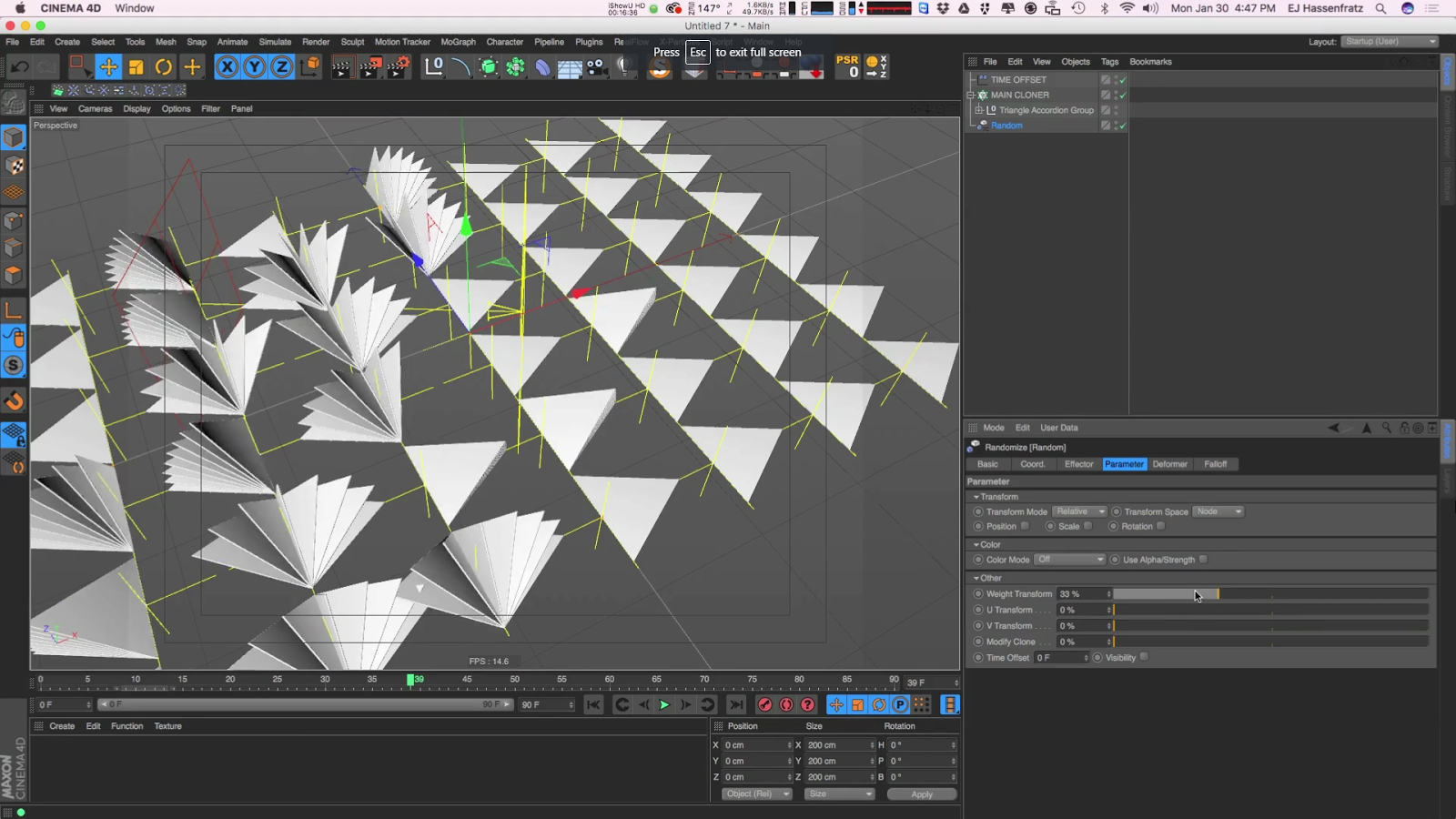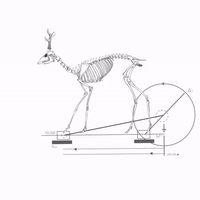
One of his most famous works was the animated title sequence from Alfred Hitchcock’s film “Vertigo” in 1958, collaborating with Saul Bass, which featured swirling graphics growing from small to large. John Whitney was of the first users of the term "motion graphics" and founded a company called Motion Graphics Inc. He started his film career in the early 1920s, starting with abstract films Lichtspiel: Opus I (1921), the first publicly screened abstract film, and Opus II (1923.) The animations were painted with oil on glass plates, so the wet paint could be wiped away and modified easily.

The films were experiments in new forms of film expression and featured shapes of different colors flowing back and forth and in and out of the lens. Walter Ruttmann was a German cinematographer and film director who worked mainly in experimental film. Graphics for television were originally referred to as. The term motion graphics originated with digital video editing in computing, perhaps to keep pace with newer technology. The history of motion graphics is closely related to the history of computer graphics, as the new developments of computer-generated graphics led to wider use of motion design not based on optical film animation. Michael Betancourt wrote the first in-depth historical survey of the field, arguing for its foundations in visual music and the historical abstract films of the 1920s by Walther Ruttmann, Hans Richter, Viking Eggeling and Oskar Fischinger. There have been presentations that could be classified as motion graphics as early as the 1800s. Since there is no universally accepted definition of motion graphics, the official beginning of the art form is disputed.


Motion graphic clip about alebrijes created by the Museo de Arte Popular in Mexico City.


 0 kommentar(er)
0 kommentar(er)
